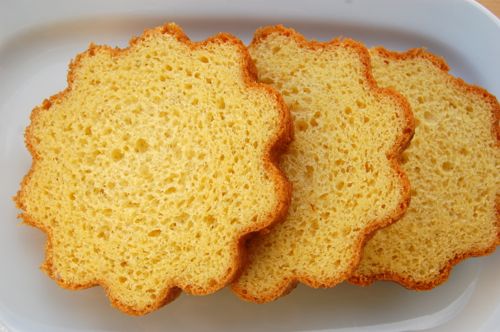Making Gâteau Battu

For sheer simple beauty, there’s no beating (no pun intended) a slice of gâteau battu. The brioche family of breads is like that. They’re golden in color and can be baked in all sorts of elegantly shaped molds. Gâteau battu differs from brioche mainly in its flavor — which is significantly sweeter — and its texture which is extremely tender and moist. Especially when topped with custard, jam or some other sweet spread, it truly lives up to it’s designation as a cake (versus a bread). Start by making the sponge. Combine the yeast, egg and flour…
READ ON